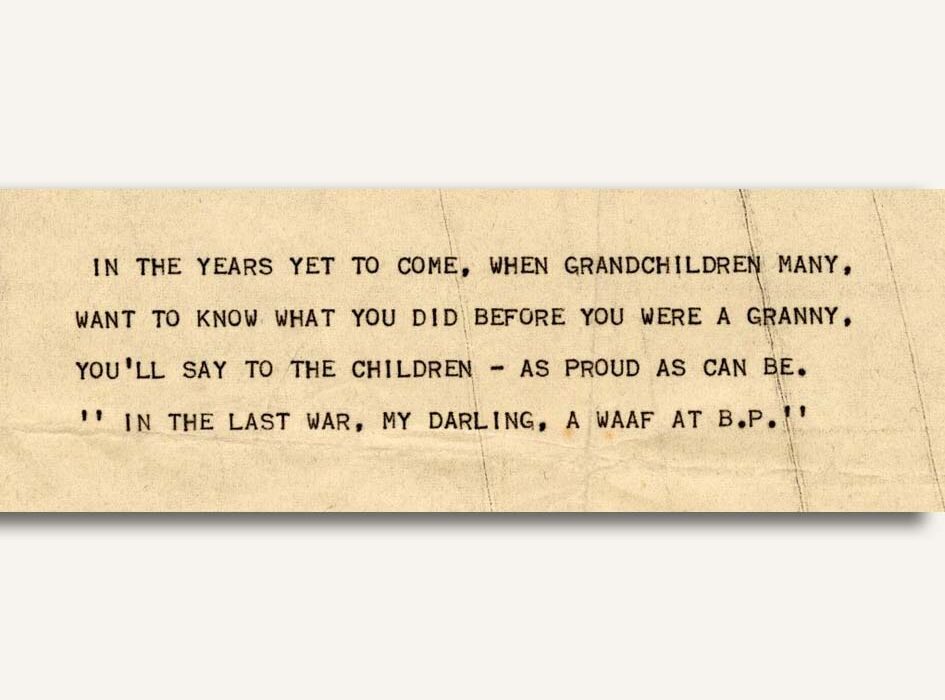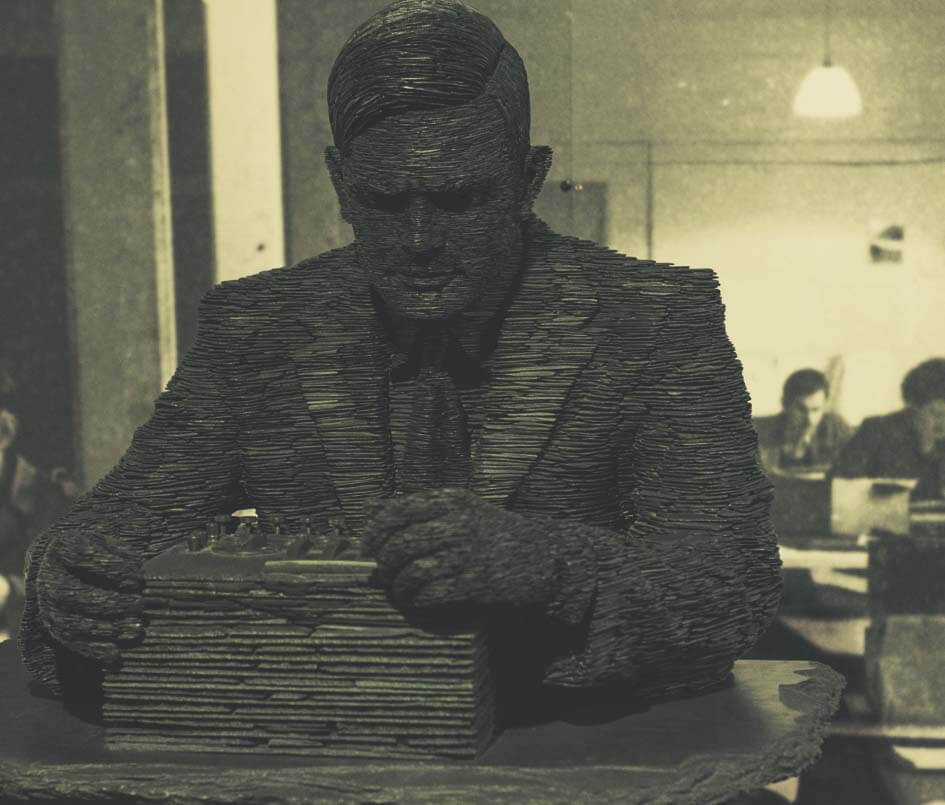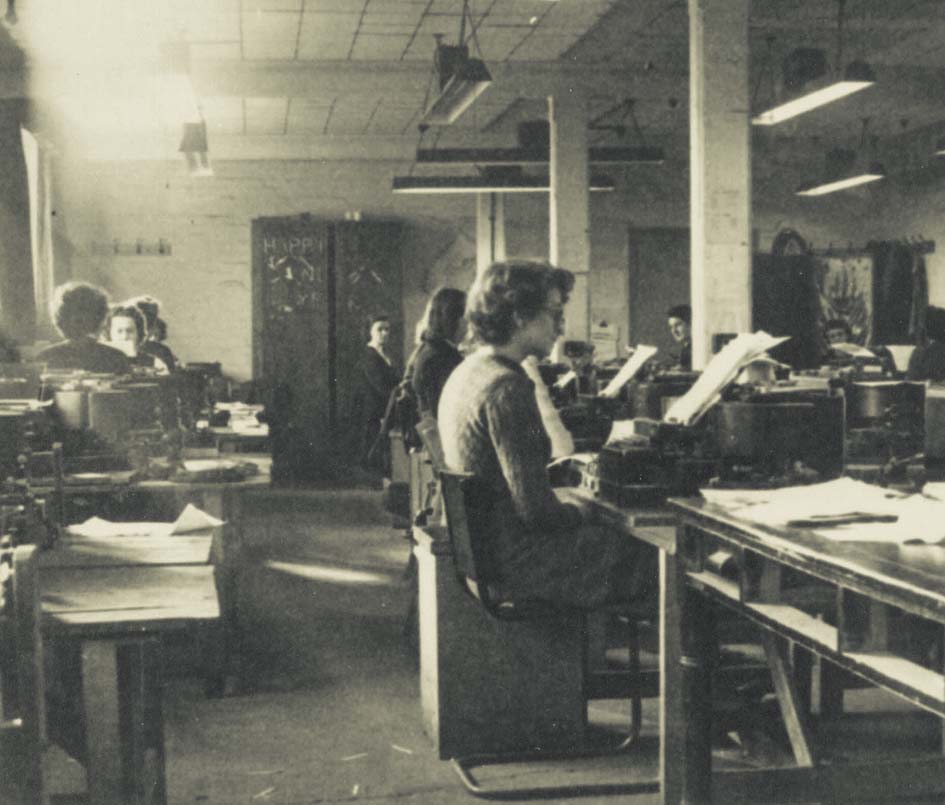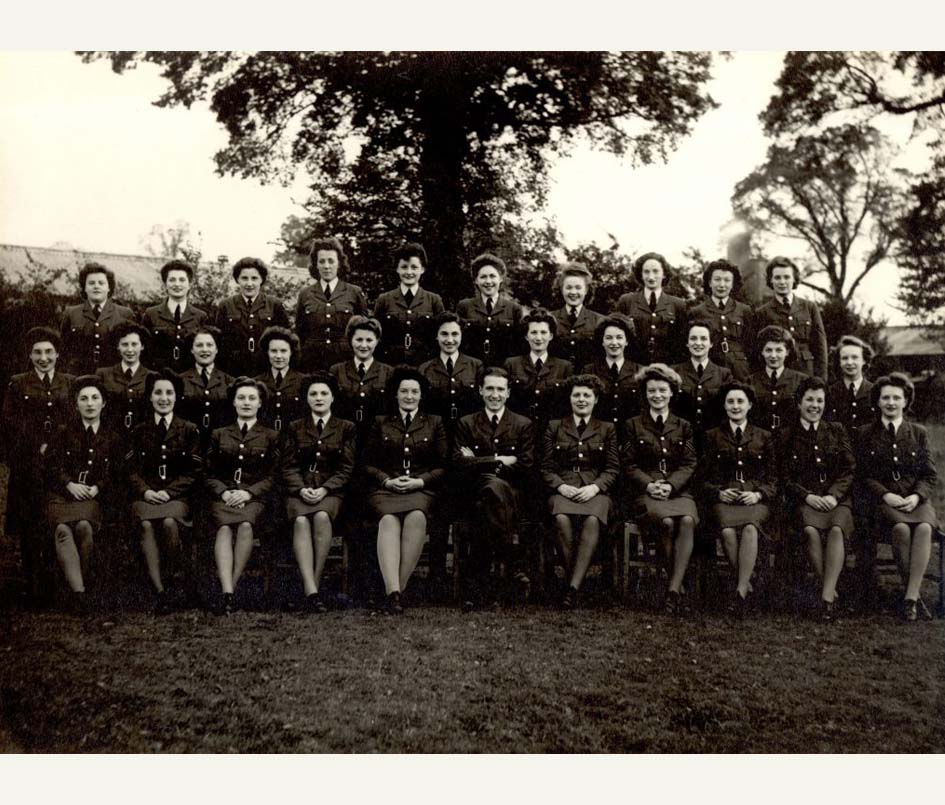Many of the WAAFs working at Bletchley Park were Teleprinter Operators who became known affectionately as ‘teleprincesses’.
XbTlngpeUZkpL3OVPHcyQke7oyhmbbEh2dLQmDRENXBFj6T5WvLRcuzPzWKsAcWVBDEcS0jROKaqEIRvQ6eVLokBBKFGAOBHKLmp9
r17vezEuQIn59wGRY8RXXXF0wQNAT9rvIbznZZ7D0jdv9AmVle46YAMlyYdD061s1n5MfZ5oYy7vWfA0SXrn0bXlSNy7j2zTHMkG6
b1zVTfB4dyxtCxPGlQZhcd0xFOWz8SOVP3F7upj2O7TAcYfkgoehYLNcSd4UvJAP7C2PjNL6ELILe0uBjITIOw2NpgWAii8Qcx2wT
hJSomSW0IUDA2qAUaoFeCZu0gDjOkhRUUgWCUnXN8PCDsQEofX9ZA6a5M3DCrWNFQyT0xRjnf7IdQ0dzTaqLbbujo2LtQZTWZxt3o
w1rX5Myfdv768YpwX7n2l61XZ5sAliWoJ7zNyNU7d4t1ELjVTupIAOmEbpVgAdEVSAuWxFwrF704aSvCWbrltrKjfgam5Kp7oSaqk
YUaIHw64TDN5JhBwIq4CBSWfd1cRunRGm61CQQEQW9HeTppCX5dslotVlXuxcA11oC6CKoFyejknvN8tpBa7ana86Bn42NTlgQXcs
NyICzGcpPdWpIUWQf21Hp8v88genJGVU3DPT8YGFwf15gK0MKO7OVLqvYrLjczW1bPVcDYyfVzXMziNlQkGuWdcQzTukJs1UL0OZ8
PGTlCnXBlYRg0eHKrWQ81KMMXd2TUYeLy254q3huohlqOfgEC4ANCKnTv4HVHiC7DT4Hbphenu72yL8KX6gLdGVmKSQJEux6m3k0T
8pxcZbqEF7tuA0L8vqqgm2fpLuSQIcbtM3QdUqJ0sJ3nhhEkYgOoD2EFJuuiwMfBgiNdAZY4UXc48MZW0DVNMOtGEC76HoWiDOgML
Aae22cLUVvMVb93gQd6deYnTdYO7ViEH8wjvCtU3RQpcIa9CchYBhZ4ztFdTVDUSre6s51nkA7SiiTzAcyLlljV2ixRGraRR5PHMf
2k2wSqhowKbij31mOh33Fe5M135CCWu6uGJUprciYHb5yYT34AMls0LU23grG5MdiQbuGiAmeDjnpHjuutQetX5QkHsFmLOMDFtpm
DdT2P8QjaAf9jO2MruSA4QPTcDJPuan7aKYdJtdnxHgiap3FzQDkRNPYByqNHpwi2pqqw1oXQYa0igzQMBWzbMWZOKM4wdZ3FVLnc
PqQuJbMoq0KUFnYSXjRI9po4AjNwfyctmAiCAWWLi8k6OIuT8QlBjgmveJ5UaPwahLj16kKdVcmwioBzq5734JObRwY7vNzPKbXN4
rcf3WaUoXWghvl68iPcXtqdQsZTG2r2Uddzi07iiamhKv69IQnh4WhAoNrCAYoNTf8b7e2dE3XVhmBeLgFzypjPgLsEkU9twwCGql
tCk9Rxos1Gl24XmXzUtMZIiG7XZz1w5EmHMk9nwblGxy97obbt1Y5ZCTtOLOXeiVlFZeIP1cr2KAmtiFVSDmtjhvMqWyYGoR1w9E4
ErRszvzeHqERiyi32flCMHA77R5QOJOR1X64sx9OQOAqPmeAkUz5kqGE1Bp9aHDgpnbM0apEMRy1zehVoCZJNI5vOeB8fXHTHS4bE
XWD0YHoW3os9zOQYfbJBUKUqewm9gpHFdsPj87VCGH6BKJ5ZR14DAIUFLEXN2TQPWTE3dhleuofWTg72UpgqrmiA4AOC99vxhHHZA
aEXV4lHyhW9ODsvGe6fXFbuHdG8ufHFbJhbsVkWAaypANoKIdCa8pt0RD2vImkpmJkm1JBmtUCGe1yyvL4LARWUP15RfpntUp07WU
xiT7VXtaiYFrPG5GexbusRd1Nn49moTieJ1ZFmEDCxg4KCRipggXTwnsSFgZwIdNet3wlZZwsLYhABwG3wuKclhNRtIzsMiCBcTPm
a0Fq0tVpjnQS4XkiNAfxXUGENHFQPtTf7qty5JddtV8Nqay85L17qt0TnF0bmEv8geK09ySCPRo2gE9otdWhHATUMiiYNHNtJLAiE
2CYGwv8gVkxsZV6dWGfrgx9j0vMK6CjGryozpAXrorB8lmT0goMALy1u2LaPomowv3iiS2IhWrmrieKSg5fmEcSOsNhLVrlrQAfEN
Kyywpg6qmdJKELUA4O6RDaXyusnddrIkh4hv1JXbTT9mK20iYccA8FRt7yWX2KJrBASBK86VMRVUW88bKKSyIDkzvuv9rl3LptGke
rylWHrZ7wYUNqLOW8UtcvAjS2dkX0O9eZvXTRM5ONe4hlfycON60vIxOjULUHqKSDW75j8C0W4y9ffOBgIkC5tebAYTDLbqNGp1pz
qPRPYg6em7DpDkHPIxfEQJSfoKjX7HtKnXIb7zuDMOJHjw6oyWCGrmOxaTvaHxorcY4PyqYcbB3QN5MjQoWlRsMDN5CI3dcfCrWcE
FTAEjzVEwiMOaRiiPquXeqSwjQ3vy5WHmMuP0dRr0QZKU4AR0yDE3je1IK54HmYnigNIMsCyUAl8xlQ8LtTQpMkUAje8kygEFAKwi
Xxc5nek4eYafP0zGkbmCzTsVuD3VHdArFjrJLNYVKgnfLW2ckZwGiaoy4S6NhWw33wRVgnmgEiiKFtiefCS4AImriUme6PbUiDjFm
XboxngpeUZkpL3OVPHcyQke7oyhmbbEh2dLQmDRENXBFj6T5WvLRcuzPzWKscWVBDEcS0jROKaqEIRvQ6eVLAokBBKFGAOBHKLmp9
ErPIisLYgRJ8IR2u7QOMxGNi6k6hs9tOWth3OM6TC0rOTQfvpz6IIzVTXBEQomQl1kWVcPwTqv2gdmTa6dC9x2PaS4qmqS5txyXer
SnYSsxGG6oebPBiGg5X0tMEsypWRYNu7bxfBvixZfRpFCBKnHSwtYb0vecLKHnvCC1OJsUOy5Skrf5XDzVYMdcCMxBhOxsv3iB5jR
XWD0YHoW3os9zOQYfbJBUKUqewm9gpHFdsPjibNYXDtFnO59Mur84fTkoy0IiYCdTE3dhleuofWTg72UpgqrmiAL4AOC99vxhHHZA
QOlal5GQaui90qp0Xm63jXnKGXbnDaeVuWh6SeNbh6Z52AL8wRmNrLKV9hlUYrPNK8QEmYDUciLoTkill6CPCbvtE5zdlRo1iQPS9
r17vezEuQIn59wGRY8RXXXF0wQNAT9rvIbznZZ7D0jdv9AmVle46YAMlyYdD01s1n5MfZ5oYy7vWfA0SXrn0bXlSNAy7j2zTHMkG6
1zVTfB4dyxtCxPGlQZhcd0xFOWz8SOVP3F7upj2O7TAcYfkgoehYLNcSd4UvJP7C2PjNL6ELILe0uBjITIOw2NpgWAWii8Qcx2wTA
WAAF 80th Anniversary
28 June 2019 marks the 80th anniversary of the Women’s Auxiliary Air Force (WAAF). In 1939 the RAF formed the WAAF with the aim to recruit women to fill particular roles which could be completed by men or women, and thus conserve the manpower of the RAF. The WAAF began as a sister section of the Auxiliary Territorial Service (ATS) and when war was declared in September 1939 the WAAF had not yet completed its transition to independence. The Service entered the war with only 1,734 recruits but by October 1943 there were approximately 180,000 WAAFs in service. By March 1945 there were more than 1,000 WAAFs posted at Bletchley Park. Their postings covered a range of activities, but by 1942 the majority of the WAAF contingent were Teleprinter Operators. In 1944, the roles of the WAAFs had been re-distributed and the women were now split up into Teleprinter Operators, High-speed Wireless Operators/Morse Slip Readers and clerical roles.
This Collections uncovered album was first published on 27 June 2019.
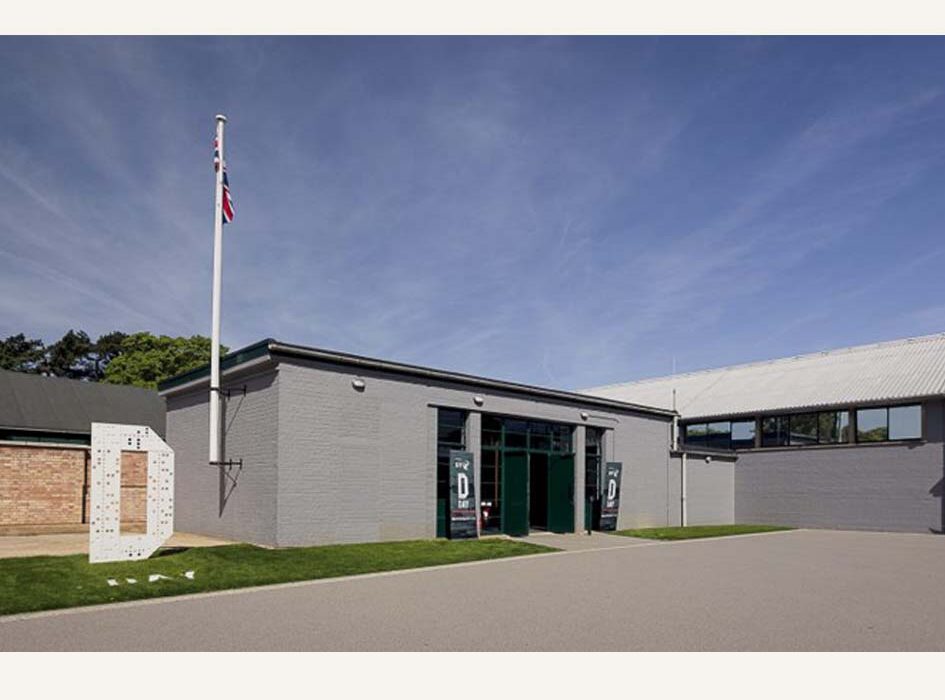
Many of the women who joined the WAAF at Bletchley Park were trained typists, and a significant proportion were under 21yrs old. Most WAAFs started out at RAF Innsworth and then moved on to other bases for specialist training.
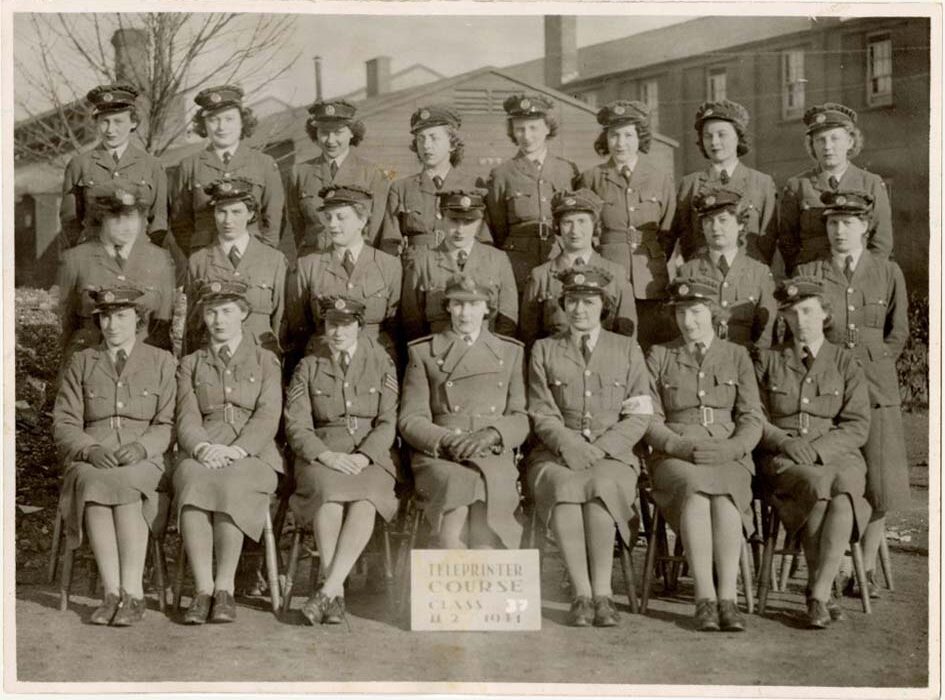
This diagram of how to insert teleprinter paper is taken from a notebook kept by WAAF Dorothy Joyner during her teleprinter training at RAF Cranwell in Lincolnshire in 1942. Among her notes are details of the duties of teleprinter operators such as “operators must treat all messages as confidential, and must on no account discuss their contents outside the Signals Office”, as well as definitions of important words including the difference between a ‘cypher’ and a ‘code’.
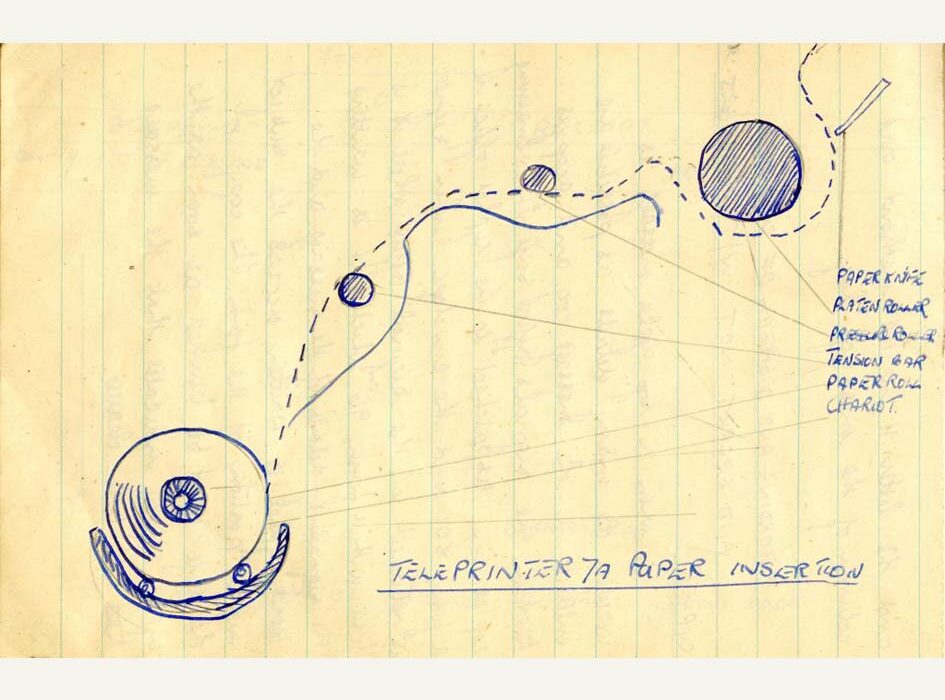
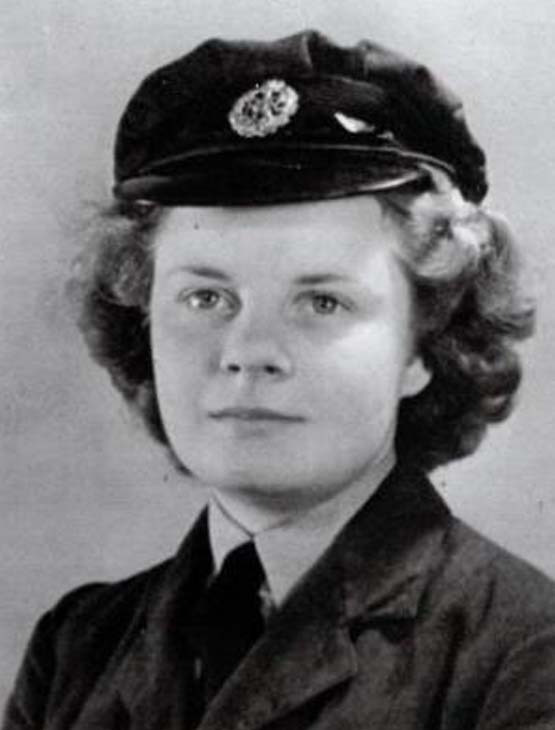
Shift-working was the norm for WAAFs at Bletchley Park, with most adhering to the standard Bletchley Park shift pattern of three eight-hour shifts: 8am-4pm, 4pm-midnight, and midnight to 8am.
This photograph, taken in 1945, shows a group of WAAFs with RAF Flying Officer Stanley Raimes who worked within the Central Signals Registry at Bletchley Park.
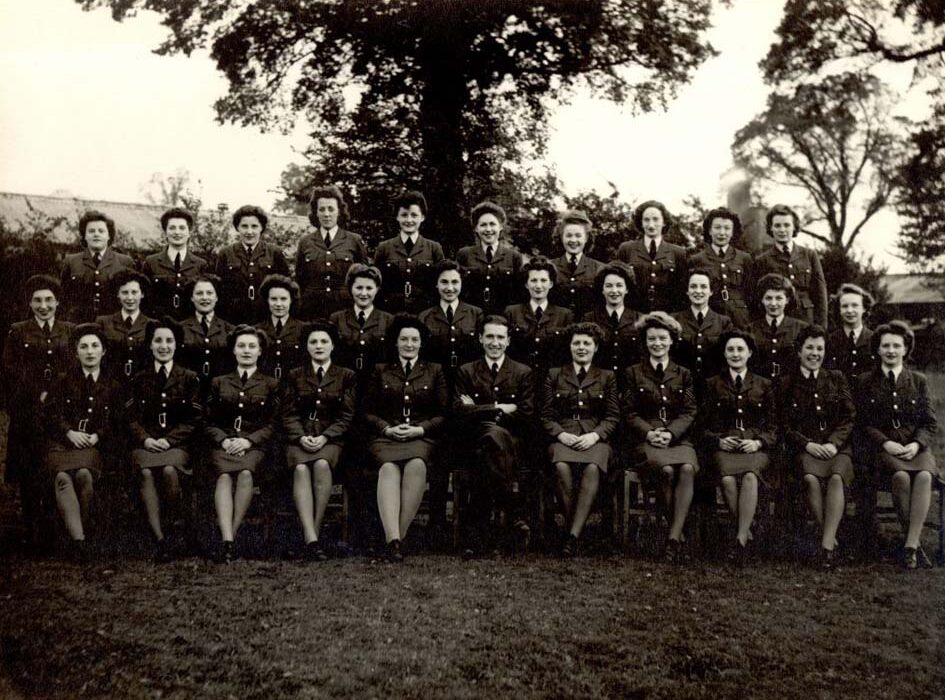
This photograph shows WAAF Peggy Nicholls fourth from left in the front row with fellow WAAF Morse Slip Readers at Leighton Buzzard. The photograph was presented to her by friends, who have signed the reverse of the photograph, on the occasion of Nicholls’ marriage to Cliff Chester in September 1945.
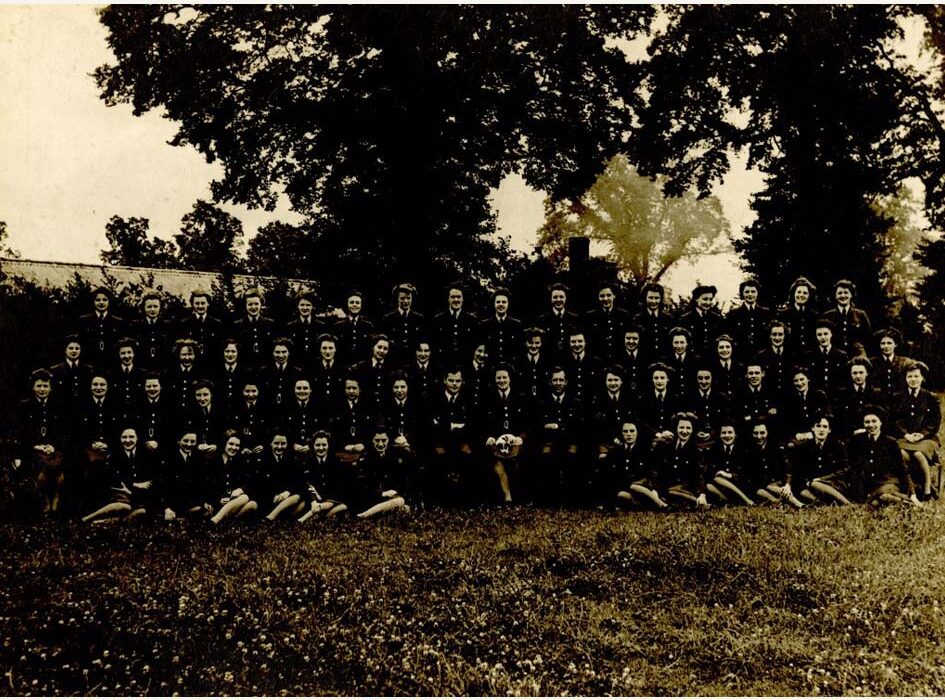
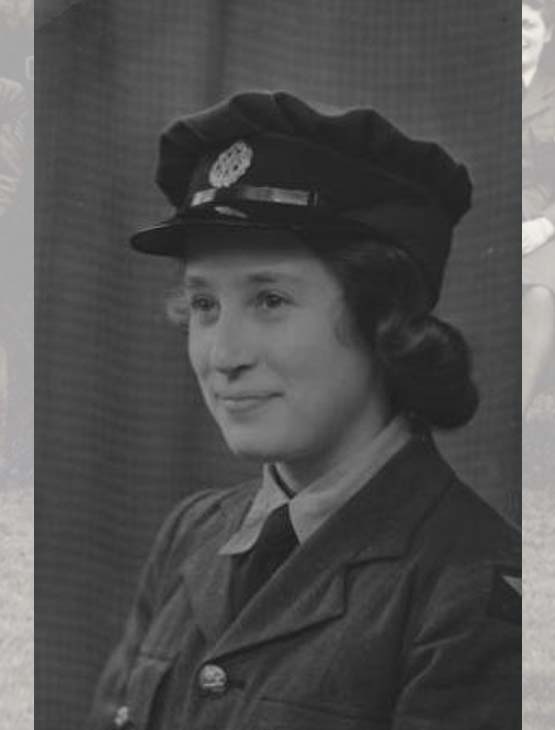
Joyce Todd was a WAAF Intercept Operator at RAF Chicksands, which supplied information to Bletchley Park. She recalls her work: “we were each given a frequency to listen on, and swung the dial either side of that. We were told that we were listening to the German air force, but were not told anything more. We listened to Morse, five letter codes, and wrote it down on a special form in four or five columns. Signals were collected when they were finished and as far as we knew were given to dispatch riders and sent to what we knew as X Station. We didn’t hear that that was Bletchley Park until much later.”
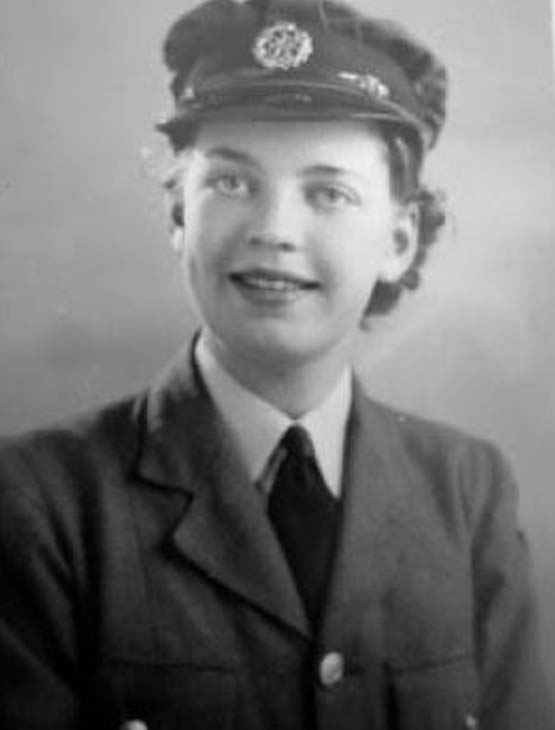
The experience of working at Bletchley Park and the skills they learnt stayed with all the WAAFs once the war was over. Elizabeth Freda Cooper [pictured] was posted at Bletchley Park as a Morse Slip Reader and described Morse as her second language. Barbara Mulligan, who was a Wireless Operator/Morse Slip Reader at Bletchley Park from 1942 – 1945 states; “I still know my Morse code – when you’ve learnt it to that extent, you never forget it.”
Most WAAFs based at Bletchley Park were accommodated at RAF Church Green. In early 1944 a drama group was set up as a diversion from daily work and the group would perform five plays before the end of the war. One performance by the RAF Church Green Dramatic Society was ‘Saloon Bar’ by Frank Harvey, a thriller. Teleprinter Operator and Morse Slip Reader Caroline West was in the cast and remembers fellow WAAF Kate Karno, who came from a famous music hall family, drilling the team like a professional stage director.
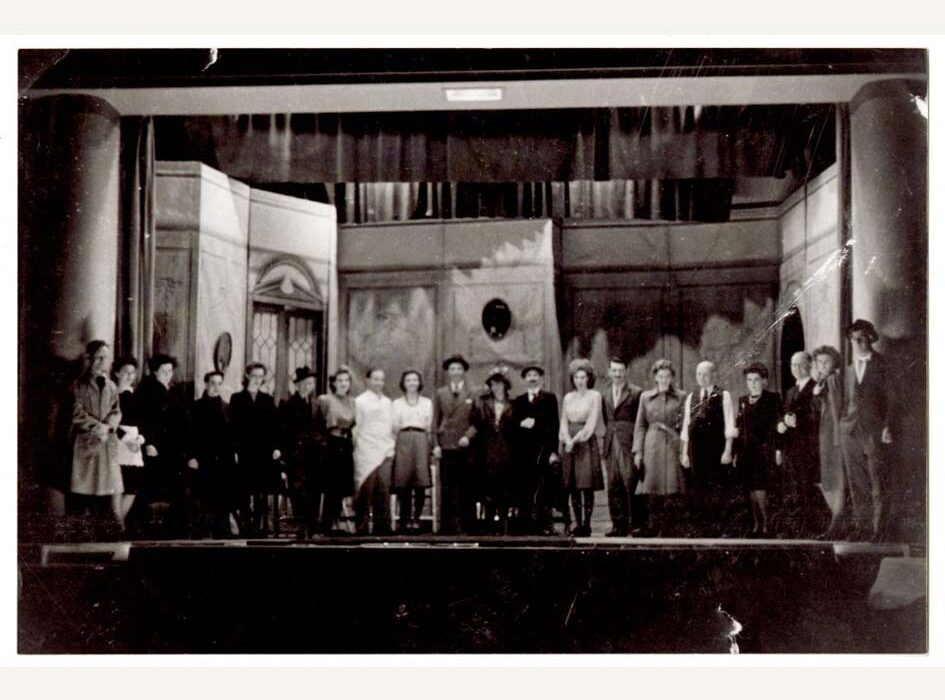
The poem outlines a usual day for a WAAF, including tiring shift work and snatches of down-time; from being “dragged from our cots, long before the dawn breaks”, and that “we natter and smoke as if nothing else mattered, but our brief relaxation is very soon shattered.” However, the final lines reflect how proud the WAAFs were of the work they completed at Bletchley Park during the war.
